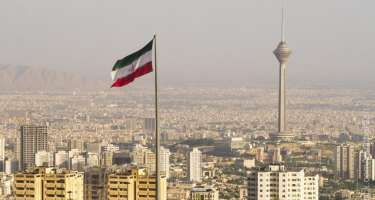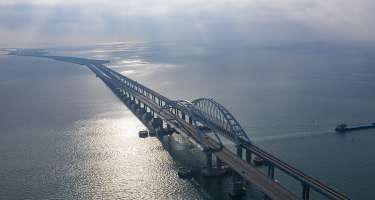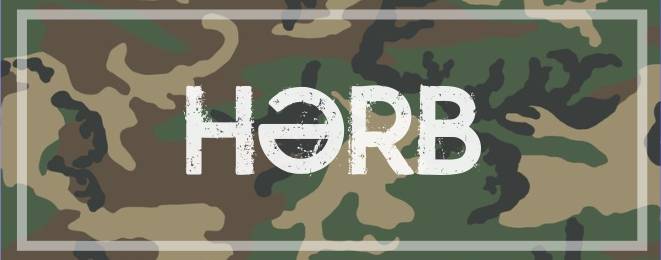Tehran, Iran, Sept. 29
By Mehdi Sepahvand –- Trend:
Iran expects to be hit first and worst by the impending water crisis that is threatening the whole world, and it seems the legislative and executive branches are to blame.
While urban and rural households are frequently called upon to save on drinking water, reports say that households are responsible for only 6 percent of the country’s total water consumption and the rest of the water is consumed by agriculture and industry, which seem to be free to consume water since they use it to make money.
According to a high-ranking water management official, who spoke to Trend on condition of anonymity, there has been virtually “no plan” to curb water consumption in the agricultural and industrial sectors.
The country is facing a case of “domestic sanctions” that keep it from fighting the crisis, an Iranian MP said, the Trend correspondent in Tehran reported Sept. 28.
Governments, parliaments, banks, customs administrations, the Social Security Organization, etc. all have hands in imposing these sanctions, Member of the Parliament’s Energy Commission Hossein Zolanvar said in response to a question by Trend during a water management conference held on the sidelines of the 11th International Water and Wastewater Exhibition of Iran.
“If the attitude of such organizations is not changed, nothing will change. I have been heading the Energy Commission for eleven years. During this time, we have only succeeded in materializing a few objectives,” he said.
“The future world war is one over water. Iraq and Turkey are engaged in a dispute over water right now. We are in dispute over water with Iraq and with Afghanistan which has intercepted the Helmand River and dried up our Sistan and Baluchestan province.”
He pointed out that many existing industrial and agricultural projects are severely damaging the country’s water resources and “it would benefit the country if they are closed down right now”.
“Two prominent examples are the Isfahan Steel Company and Mobarakeh Steel Company [both located in the dry central Iranian province of Isfahan]. While the whole city’s households consume 140 million cubic meters of water, these two industrial complexes consume 100 million all by themselves,” the MP expressed as a pity.
Isfahan’s once full of water Zayanderud River has been completely dry for a few years now following decreased precipitation, which according to Energy Minister Hamid Chitchian has declined by 25 percent. Iran's renewable water resources have also declined from 130 billion cubic meters to 110 billion cubic meters a year.
Zolanvar also said that the Parliament has always supported agriculture in remote areas despite water shortage because it has created job opportunities for people in underdeveloped areas of the country. But this is unjustifiable because agriculture uses multiple times more water for the crops and fruits it produces than they are worth, he implied.
Edited by CN
Stay up to date with latest Iran news on our specialized Facebook page
Follow us on Twitter @TRENDNewsAgency



































